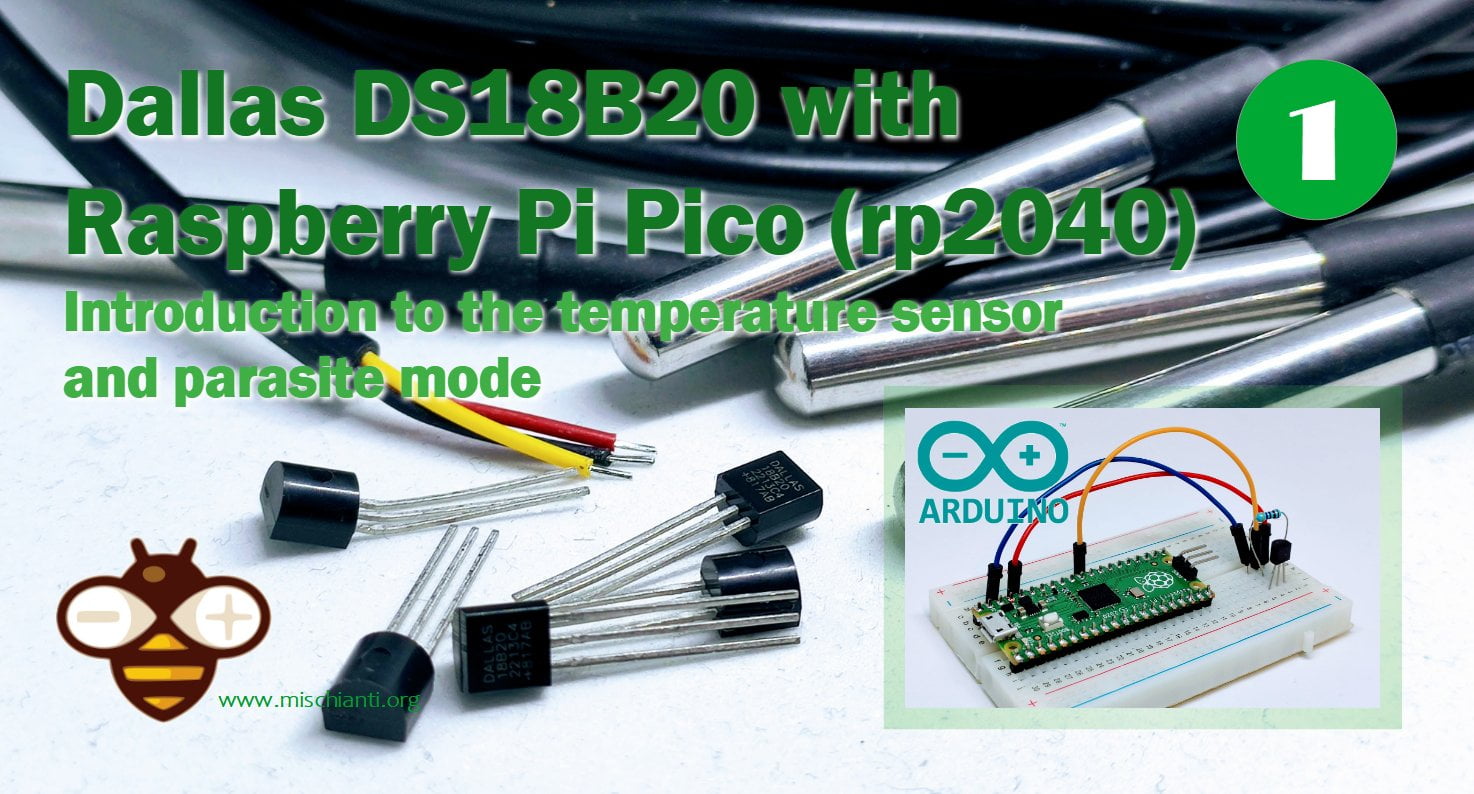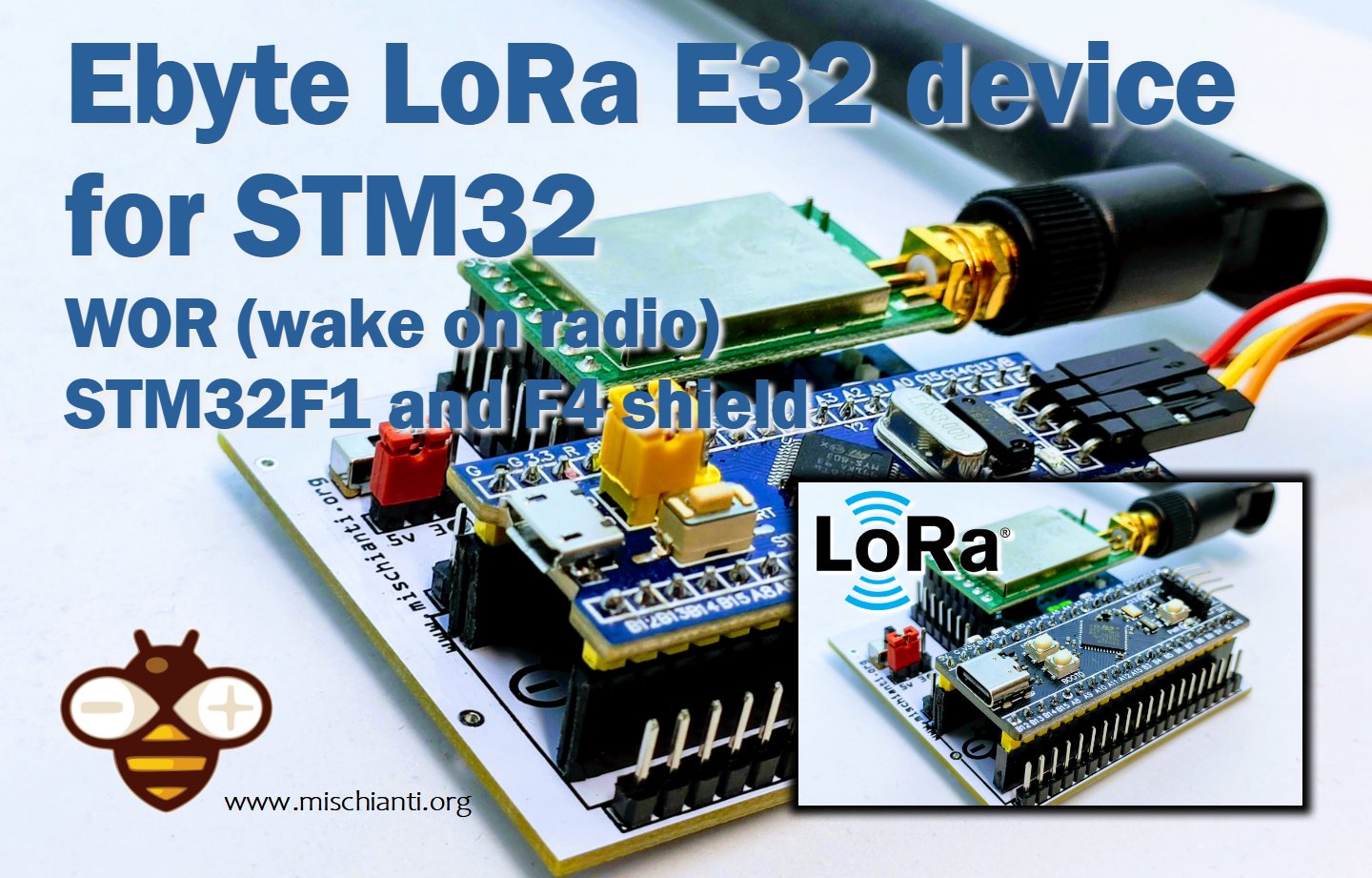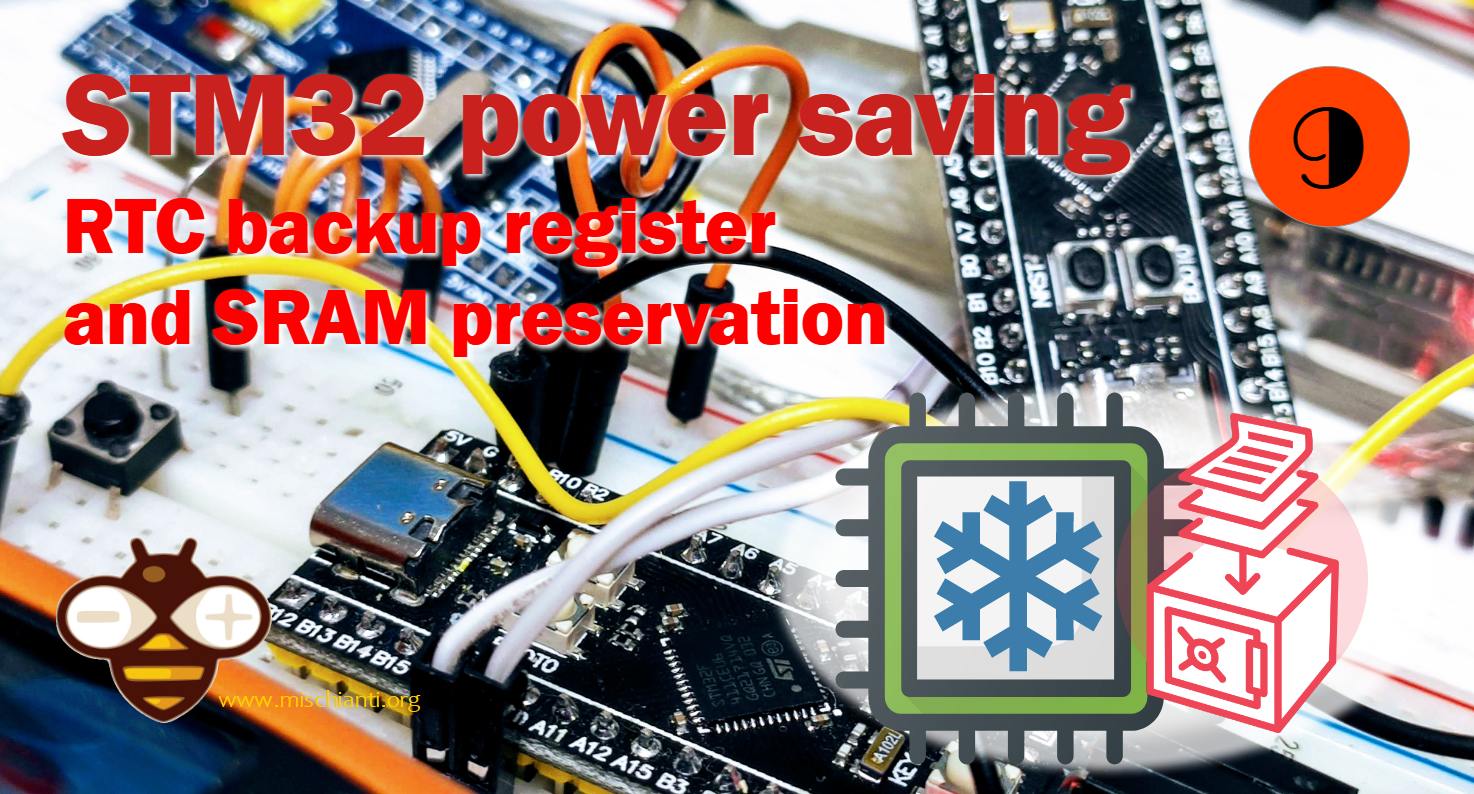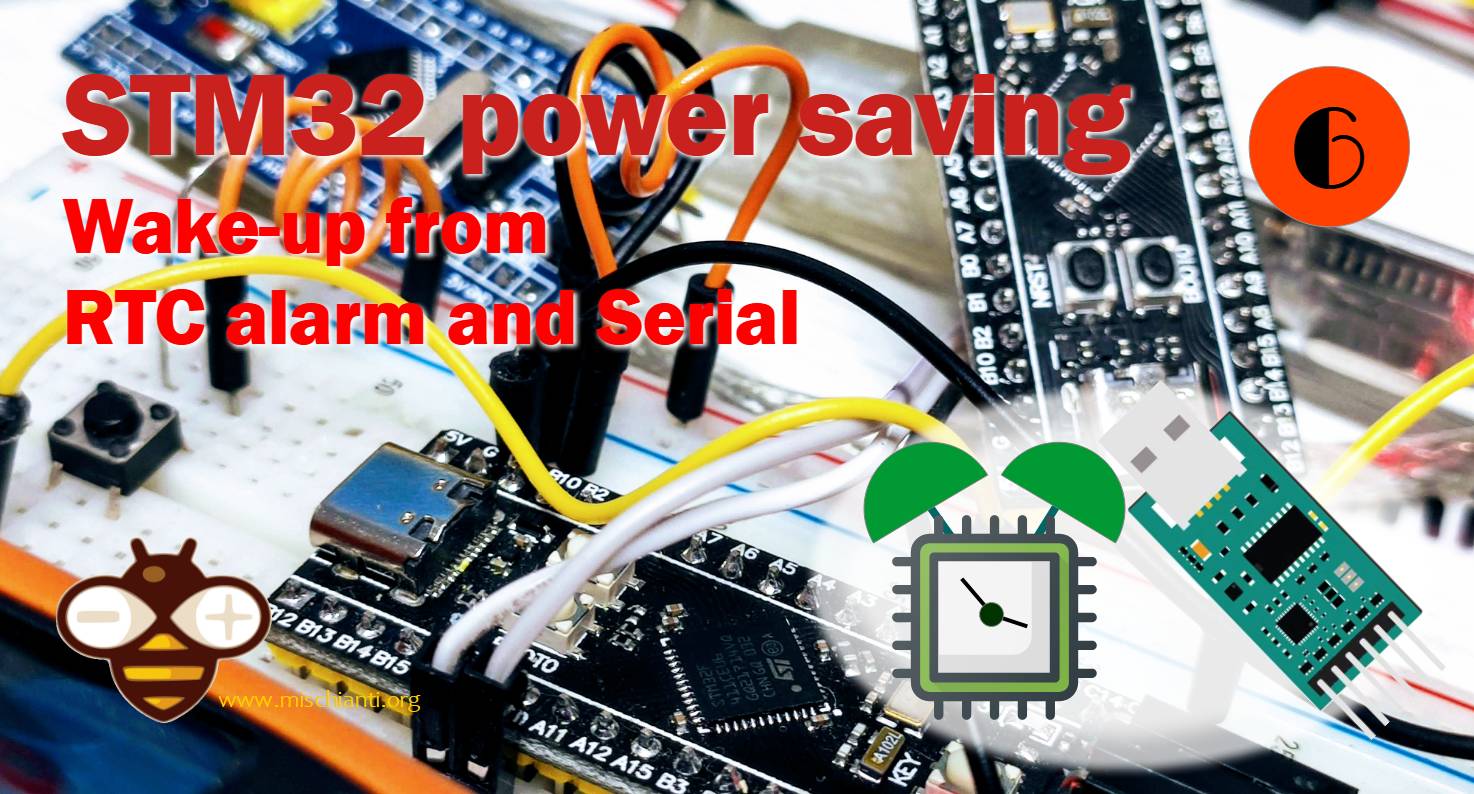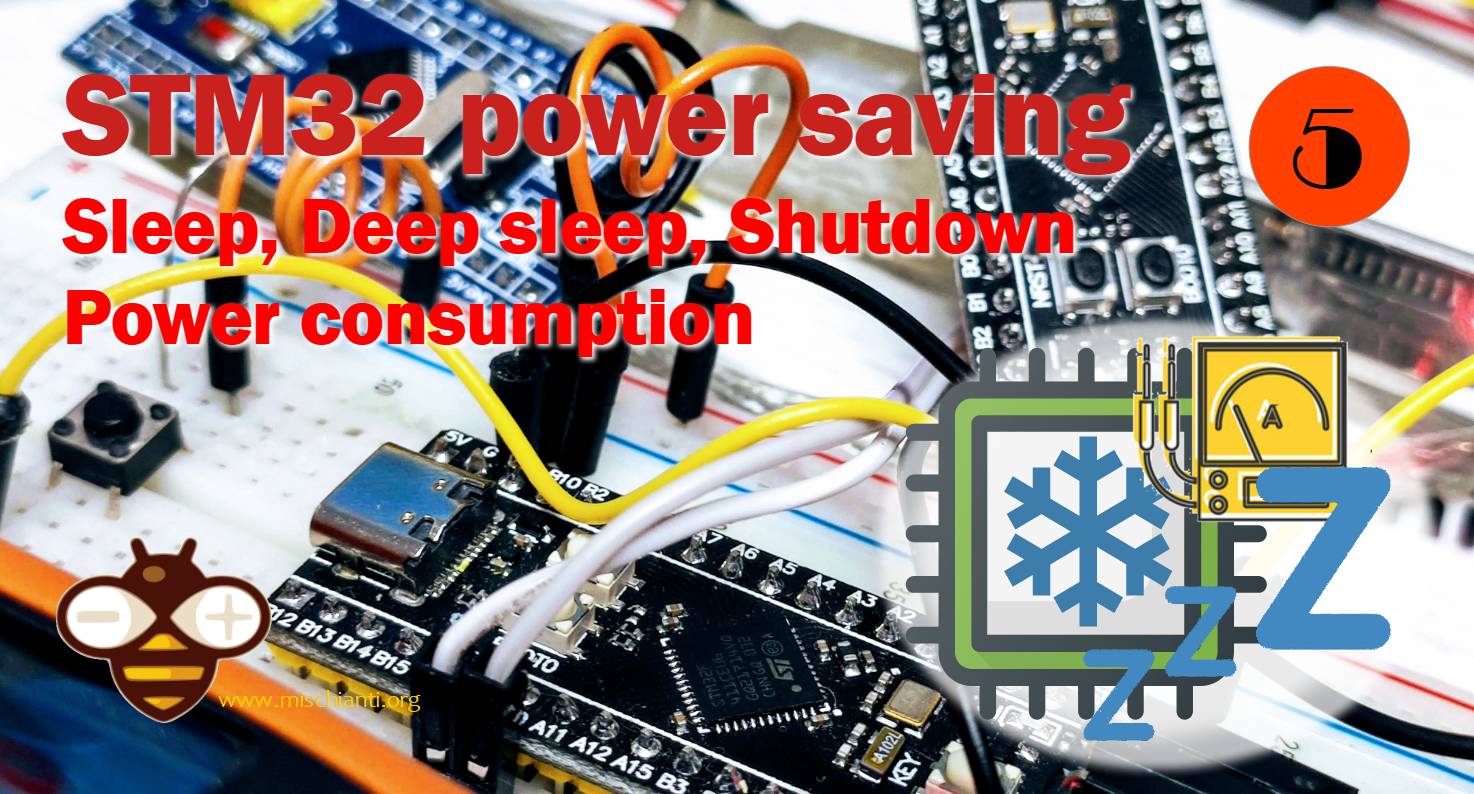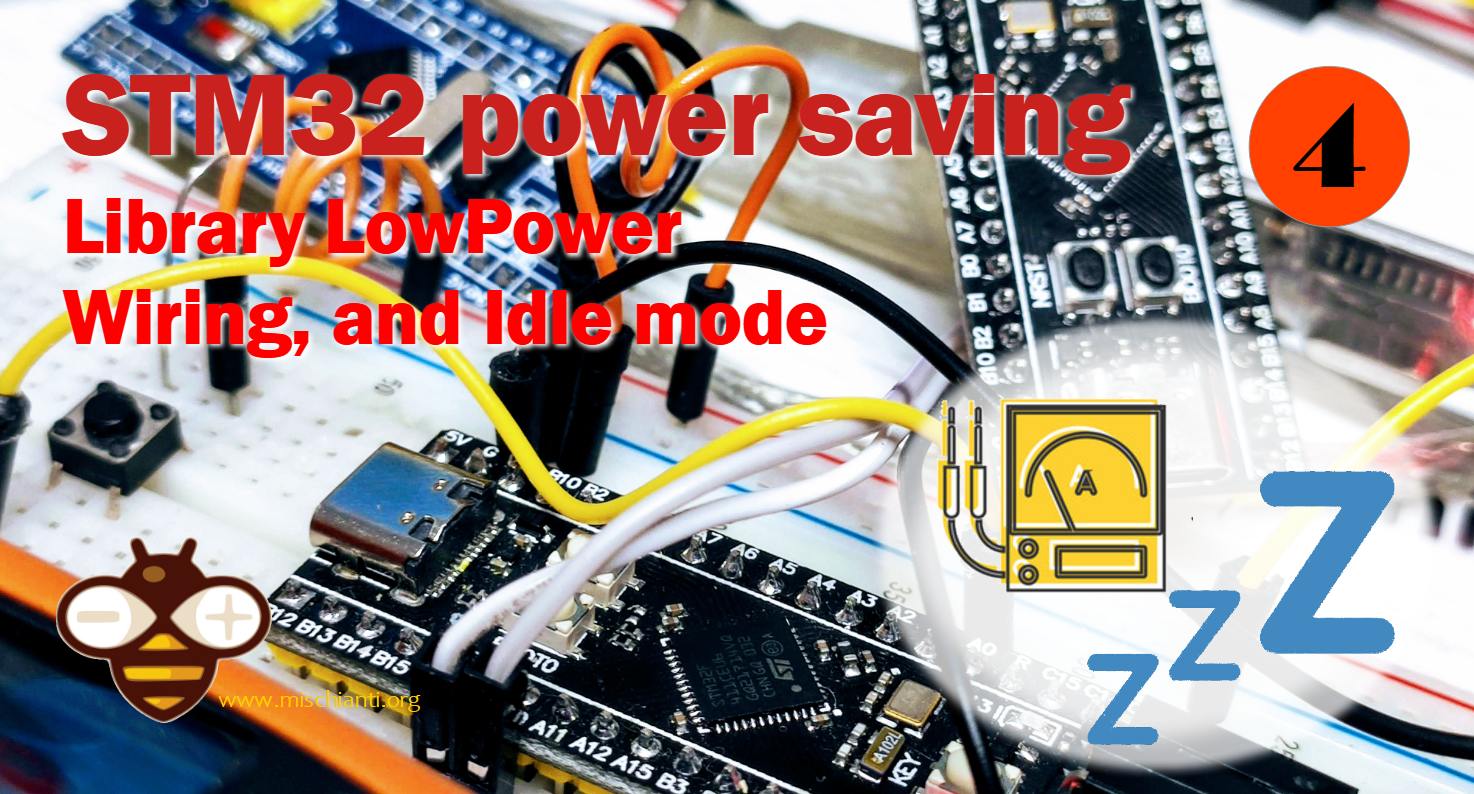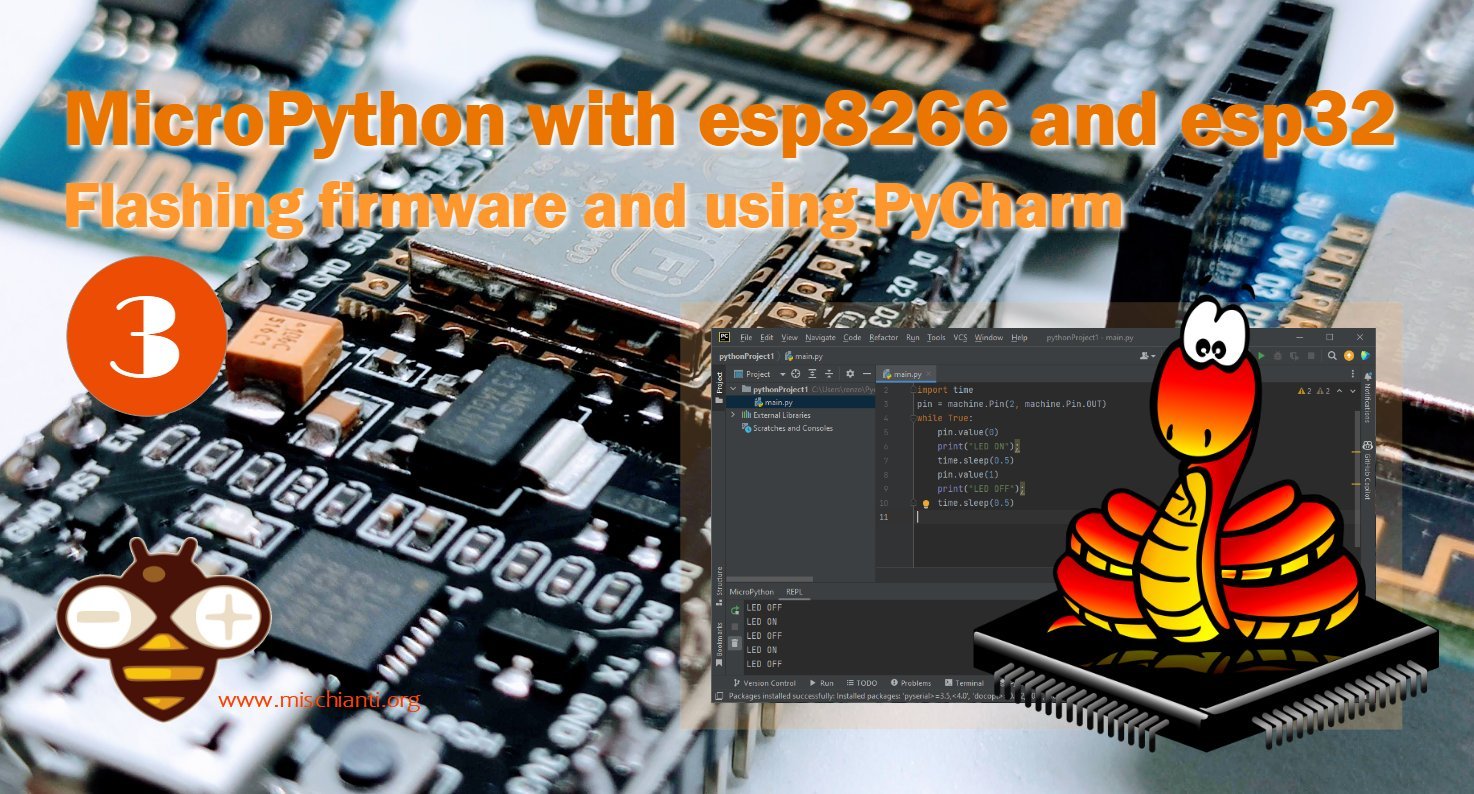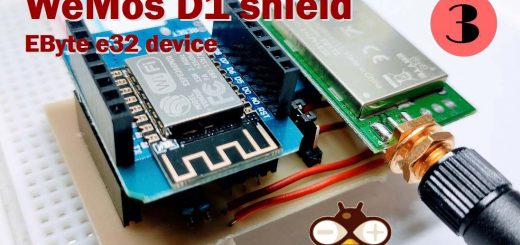Dallas ds18b20 with Raspberry Pi Pico (rp2040): introduction and parasite mode
The Dallas DS18B20 is a digital temperature sensor that can be easily integrated with a Raspberry Pi Pico (rp2040) microcontroller. In this response, we will provide an introduction to the DS18B20 sensor and explain how to use it in parasite mode with a Raspberry Pi Pico.

